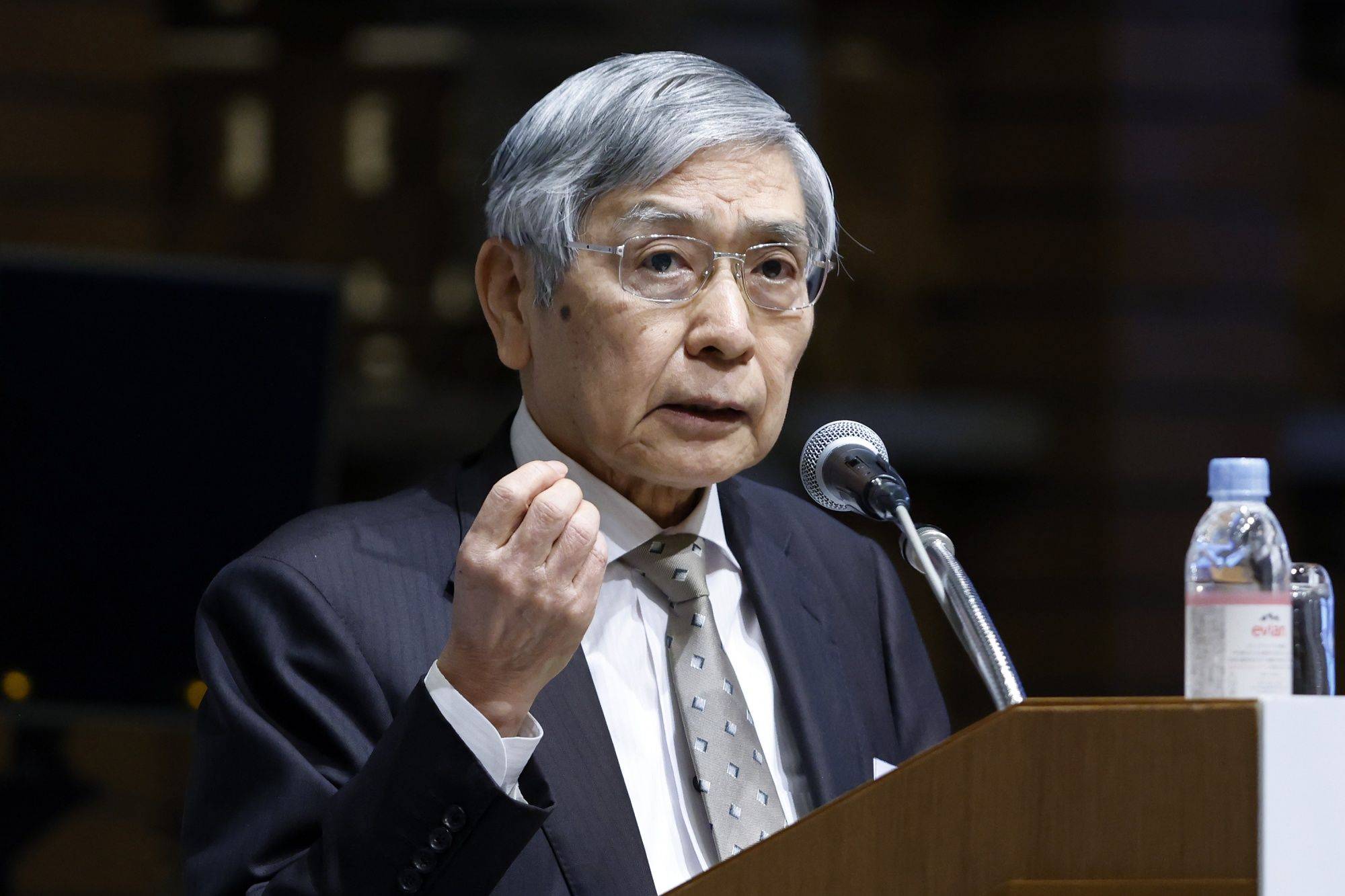Japan’s meager prospects of achieving sustainable inflation is boosting the likelihood the central bank will conduct a policy review or make mechanical adjustments to its policy framework, according to a former chief economist at the Bank of Japan.
"I continue to expect no policy adjustments during Gov. (Haruhiko) Kuroda’s term” which ends in April, said Seisaku Kameda on Friday. Any review or changes will come after he steps down, and be subtler than a rate hike, he said.
The ex-chief economist’s view echoes that of Makoto Sakurai, a former board member who said this month a review could follow Kuroda’s departure. A closer scrutiny of policy side effects may then result in a range of shifts, Sakurai said.


















With your current subscription plan you can comment on stories. However, before writing your first comment, please create a display name in the Profile section of your subscriber account page.